Know what harm lead can do to your health and the environment if it is used in manufacturing Shein clothing. Read information about manifestations of lead poisoning, sources of contamination, and measures of protection of the environment and your health. In other words, monitor yourself and the environment to avoid causing destruction while seeking to protect environmental health and the environment.
Do Shein Clothes Really Contain Harmful Chemicals?

There have been past allegations with regards to Shein clothes containing hazardous waste and chemicals; this has emanated from researches, consumer groups and other retailers’ findings, as well as media reports. These concerns focus on the possible utilization of lead exposure of unsafe chemicals inclusive of lead, phthalates, and other toxic chemicals used on materials and the dyes used for making the clothing.
Key Findings from Investigations
- Lead Contamination: Studies have shown that some of the Shein products have high levels of lead which is hazardous to human health. For instance, a piece of investigation from the Canadian Broadcasting Corporation (CBC) in February 2021 discovered that some clothes from Shein were laced with dangerous leads that are prejudicial to the health of consumers especially kids.
- Phthalates and Other Chemicals: Phthalates which used for making plastic more flexible have also been found in some of Shein products. These chemicals affect hormones and are associated with different diseases.
- Regulatory Compliance: Despite stating compliance to international laws in production, the subsequent discoveries of toxic chemicals in the clothes suggest that Shein is either lackadaisical in quality assurance or there are failings in their vendors’ supervision.
Potential Health Risks
The presence of these harmful chemicals in clothes, can lead to various other health problems and issues, including:
- Lead Poisoning: Lead poisoning affects the brain and nerves, causes delayed development in children and other complications.
- Endocrine Disruption: Phthalates and many other chemicals affect the hormonal systems in the body, so might work together to cause reproductive and developmental abnormalities.
- Skin Irritation: Certain innovative components of the dyes and materials can produce some skin reactions that may lead to skin rash or itchy skin.
Consumer Precautions
If you are concerned about the potential presence harmful effects of elevated levels of harmful chemicals in Shein clothes, consider the following precautions:
- Wash Before Wearing: Some of the surface chemicals can be effectively washed away if new cloths are washed before they can be worn.
- Check for Recalls: For safety measures, the consumers should ensure they receive updates in occasions such as product recall or a safety warning concerning Shein products.
- Consider Alternatives: If you have an issue with chemicals, then you will prefer clothes from those companies that avetails for their sources and are more particular with quality.
It is vital to note that not all clothes sold at Shein are produced using chemicals toxic materials that are dangerous to personal health but investigations carried out on the clothes have found out that they contain some potential risks. This is something that consumers should really take close consideration by perhaps taking a look at the reputation of such brands or suppliers that they are sourcing from.
Toxic Chemicals Used in Fast Fashion Retailers
One of the most common issues with the fast fashion industry segment is the utilization of hazardous chemicals in the production process of the fabric and raw materials used. Chemicals as fuel sources can pose a health risk to man and the physical world. Here are some commonly used toxic chemicals in the fast garment industry:
Azo Dyes: Azo dyes, are synthetic dyes which are used commonly in the textile and other industries because of their rich hue. Nonetheless, certain azo dyes are known to discharge toxic chemicals or toxic aromatic amines which are either carcinogenic or mutagens. Some countries actually ban or limit the usage of some azo dyes that contains some dangerous substances. This makes consumers be weary and go for regularly test products that say they are azo dye-free or those that are certified to be safe.
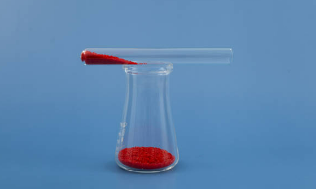
Phthalates: Phthalates refers to a class of chemicals that are incorporated into the manufacture of plastics with an aim of creating elasticity to the material as well as in many other consumer products as secondary substances. They are also employed in fragrances, cosmetics, and personal care products to enhance their durability couple with flexibility. However, controversy has emerged on the presumed health effects, since they affect the hormonal system and have been associated with various pathologies, such as reproductive troubles, development disorders and hormonal disorders. Despite that, measures to reduce the use of phthalates and call for safer substitutes are continuously being pursued in the interest of society’s health as well as the environment.
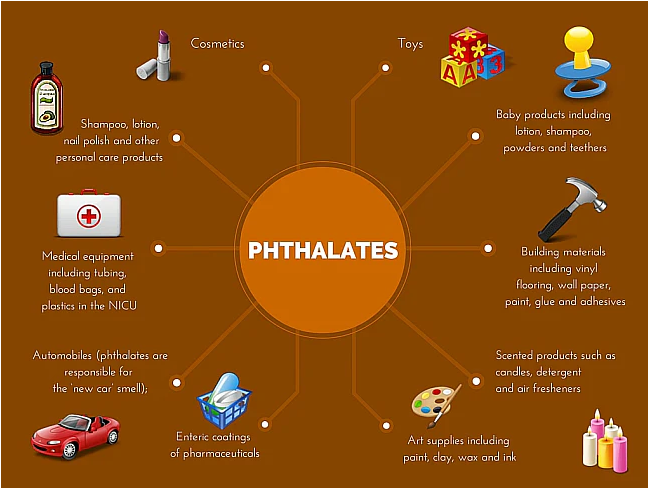
Formaldehyde: Formaldehyde is a chemical compound that is odorless, colorless and highly concentrated fluid mostly used in industries such as textile industries as preservative, disinfectant, and as a bonding agent. Better known for its ability to reduce the formation of wrinkles in materials used in the production of garments such as stretch fabrics used in suspenders and stockings. Nevertheless, direct contact with formaldehyde has negative effects on health; skin and respiratory illness and cancer included. This substance is classified as a carcinogen by several organizations that deal with health. The lead exposure to formaldehyde may come through diffusion of the chemical from the fabric especially when the garment is new. Thus, the consumer should be careful and look for other options in order to reduce contacting this toxic chemical.
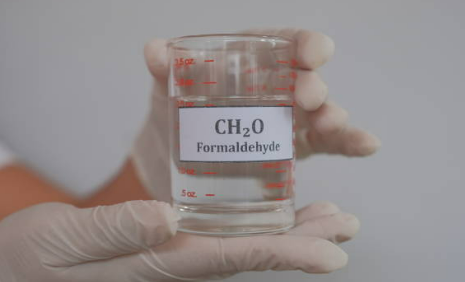
Perfluorinated Chemicals (PFCs): Perfluorinated chemicals (PFCs) are a family of man-made substances that are applied in various industries and goods due to their ability to repel water and stain resistant. It is widely used in many areas such as textile including wearing apparel, in non-stick coatings, fire fighting foams, and food packaging. Some of the damages that have been reported to be associated with PFCs include; liver damage, developmental malfunction and reproductive disorders. PFCs are currently used in many consumer products; still, there are many concerns in their effects on the environment and the health of people as a result of these products hence attempts to ban or at least control their use in products.

Chlorobenzenes: Chlorobenzenes are chemicals which are produced for use in numerous industries such as textile industry and in some other industries for solvents and for use in synthesizing other chemicals. These can be prepared from benzene by partially chlorinating the benzene ring thus replacing one or more hydrogen atoms with chlorine atoms. Chlorobenzenes do not easily degrade in the environment and therefore fell under the category of POPs. Chlorobenzenes are toxic to humans when inhaled in high concentrations and can cause liver and thyroid disorders, they are are also toxic to aquatic life. Since the chlorobenzenes have been observed to be carcinogenic and have a negative effect on the health of human beings as well as on the environment, it becomes important to monitor, control and check on them.
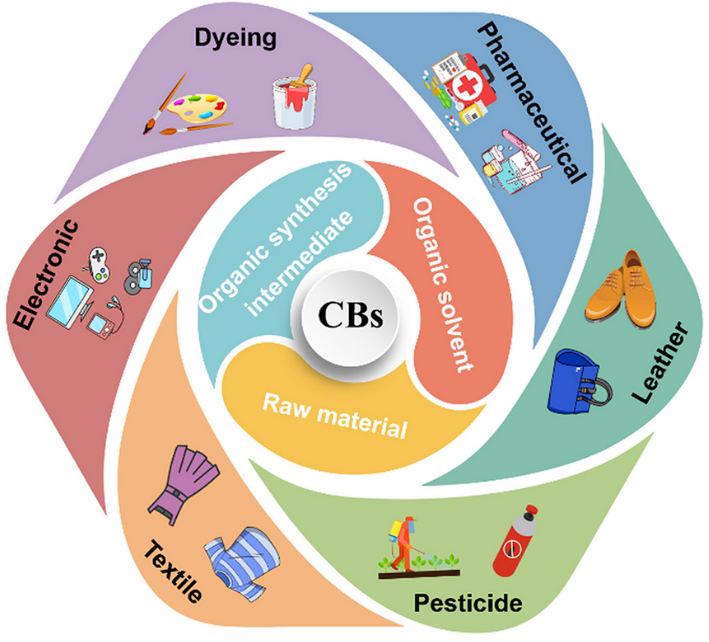
Nonylphenol Ethoxylates (NPEs): Nonylphenol Ethoxylates (NPEs) are a group of chemicals that are widely utilized in a variety of industries; especially in the textile industries and detergents industries. Substances containing them are referred to as surfactant because enhance the ability of substances to combine together. However, NPEs disintegrate into nonylphenol, which is a toxicity and bioaccumulation factor that affects the aquatic life and the hormonal systems of animals and humans. Many nations have prohibited or delimitate the implement of NPEs because of the negative impacts to environment and people’s health.
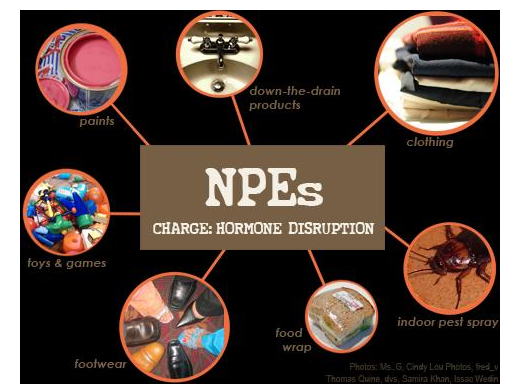
Heavy Metals (Lead, Cadmium, Mercury): Heavy metals are metals with a high atomic number and at the same time, pose a health risk in low concentrations. Of all the potential toxic heavy metals, the most predominant and dangerous ones are lead, cadmium and mercury. Lead a proven neurotoxin impacts the nervous system, hampers growth and development as well as leads to several health complications especially in children. Cadmium toxic effect involves attacking the renal function, skeleton and respiratory system. Mercury and specifically methylmercury has been found to have neurotoxic effects, impaired cognition, and developmental problems in human beings and is more dangerous to pregnant women and children. These heavy metals may get into the body through mouth, air or through skin, and get deposited in the tissues and hurt the body in one way or the other. Measures that can be taken to minimize exposure to heavy metals are the control and reduction of the use of the metals in consumer goods, encouraging safer production methods, and the protection of environment against pollution by air, water and soil.
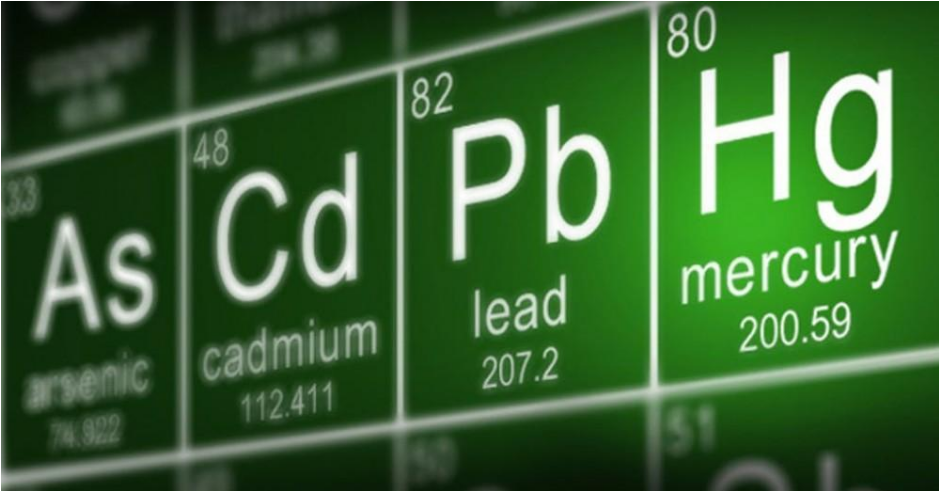
Brominated Flame Retardants (BFRs): Brominated Flame Retardants (BFRs) are chemicals that are applied in several products some of which are cloths in order to reduce the flammability. They operate in the capacity of extinguishing or at least retarding the possibility of the initiation of the substances and likewise, reduce the rate and advancement of fire. BFRs are flame retardants that contain Bromine, which is a halogen element helps in eliminating high flammability of materials. However, some of the issues regarding BFRs have been associated with health and environment complications since they have long life spans, bioaccumulation nature, and possible influence-function on endocrine mechanism. Nonetheless, due to the dangers of BFR in fire we have seen efforts to find better substitutes and have seen even more strict rules have being put in place to control the application of BFR.
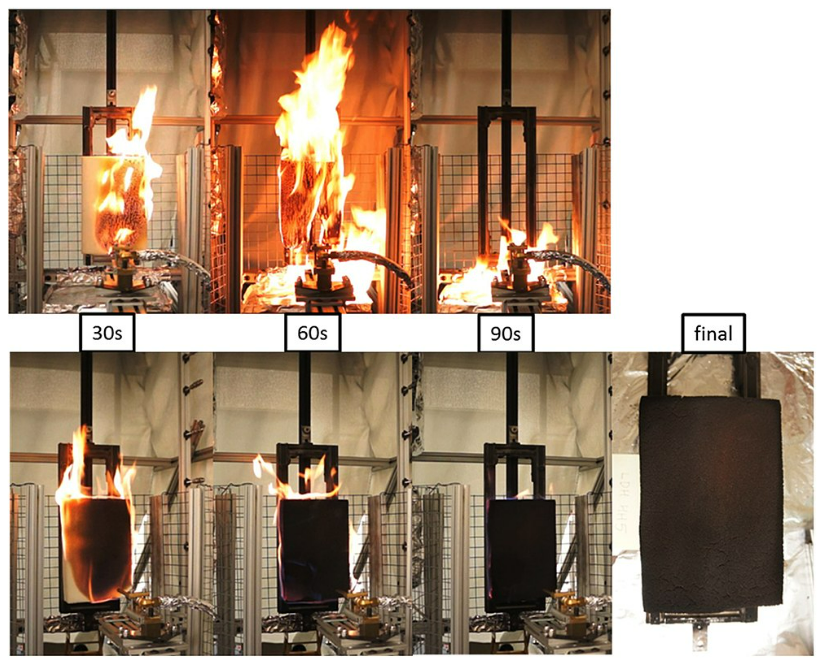
How Toxic Chemicals in clothing Affect Human Health
Having toxic chemicals in clothes mean that there is a need to pay attention towards the fabric and the processes used to develop clothes. Wearing natural materials, organic cotton and fabrics, and preferring products that are not treated with toxic chemicals help reduce the amount of toxic substances people got in touch with thus decreasing the likelihood increased risk of adverse effects of toxic substances on personal health. Also, to impose demanding legal requirements and promoting environmentally-responsible measures in this particular industry can play an important role in ensuring the favorable conditions for the consumers and laborers in the fashion industry. Here’s how they can impact health:
Short-Term Effects
- Skin Irritation: These chemicals such as formalin, azo dyes and flame retardants may result in skin rashes, itching, redness and allergies in persons with sensitive skin.
- Respiratory Issues: The use of chemical such as formaldehyde to treat clothing materials, results in the release of volatile organic compounds (VOCs) which when inhaled can cause respiratory problems, which include coughs, wheezing and breathing difficulties.
- Eye Irritation: Some of the chemicals which are used in dyes and finishing may result to eye irritation, redness and even tearing.
- Headaches and Nausea: Some of the short term effects include irritation of the eyes, throat, nose or skin; headaches, dizziness, nausea, and other forms of general discomfort due to the fumes that arise from chemicals such as formaldehyde and phthalates.
Long-Term Effects
- Cancer: Some chemicals, for instance, formaldehyde and some azo dyes found in the manufacture of clothing are considered carcinogenic and have been associated with the possibility of cancer mainly to those who are exposed to it for long or are exposed to large doses.
- Endocrine Disruption: Some of these chemicals, such as phthalates and nonylphenol ethoxylates (NPEs), act as endocrine disruptors and consequently they with hormonal disruption, reproductive problems, and developmental abnormalities in children and fetuses.
- Neurological Damage: Lead and mercury, if ingested through skin contact or by intaking air around the place, dissolve into the nerves when taken in day by day, which causes neurological disorders, low intelligence, and behavioral disorders.
- Respiratory Disorders: VOCs released from clothing can cause respiratory problems, ranging from asthmatic attacks, bronchitis, and the inevitable COPD when exposed to the compounds for a long time.
- Reproductive Health Issues: Phthalates and NPEs are known to cause issues as regards to fertility, miscarriages, and abnormalities in male and females.
Environmental Impact
Besides, these hazardous substances can harm the environment in the following ways: water and soil pollution, air pollution and disruption of ecosystems thereby affecting personal health through the food supply chain, or the disruption of natural eco-system.
Conclusion
Leads being present in chinese retailer Shein clothing may pose several future health risks to people who wear them. This is because lead in any amount is dangerous to human health causing neurological damage and developmental issues to pregnant people and children. Although the company Shein strictly maintains that they adhere to all regulations, investigations had shown that there are instances that some of their products bear elevated levels of lead and this shows that there are loopholes in their quality control. Customers should be careful when buying Shein clothing products and it is better to try looking for other clothing brands that do not use these dangerous chemicals. Besides, shedding light on the issues and policy changes required within the incredibly short fashion cycle is vital for people’s protection as well.
